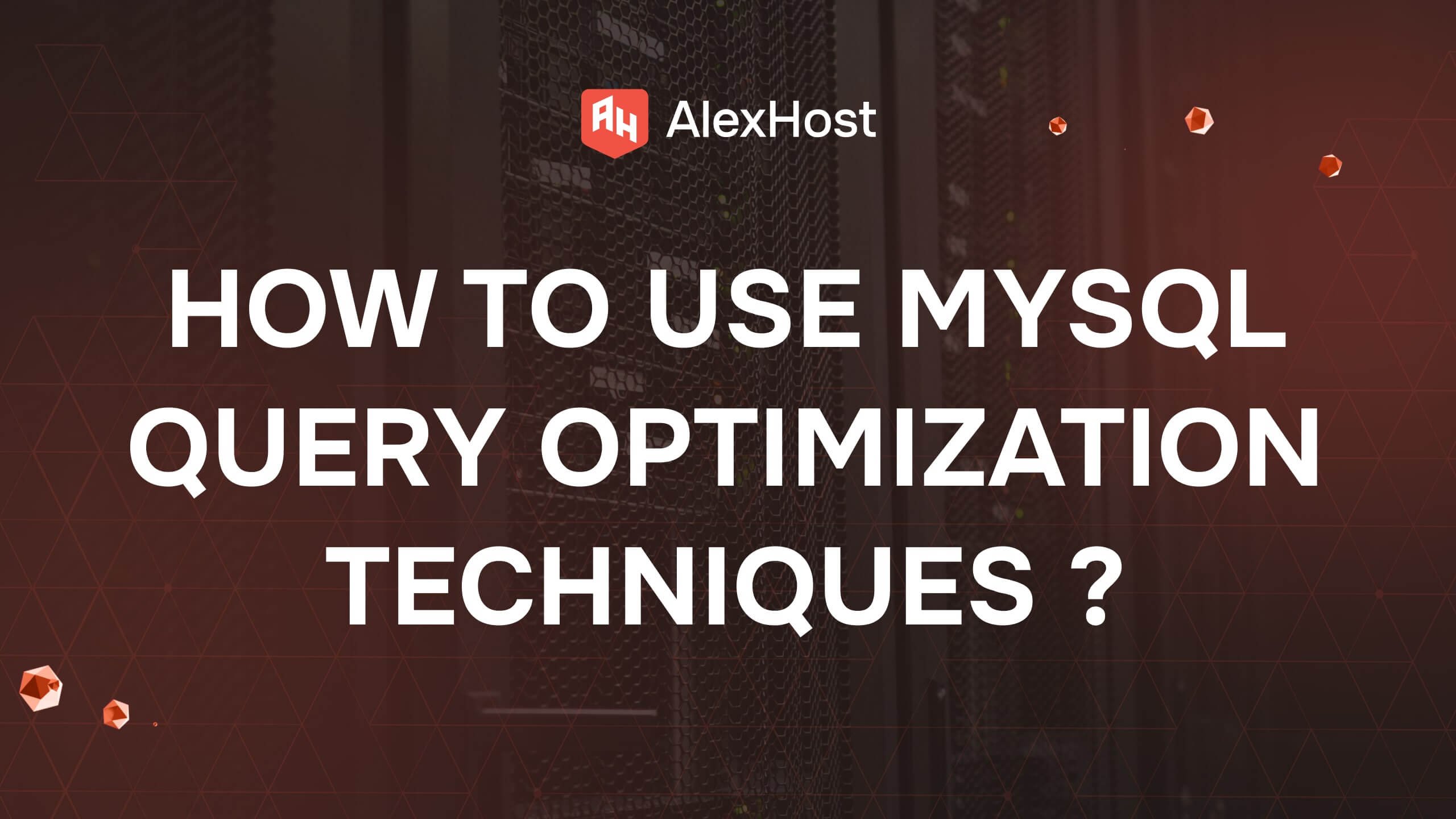How and Why to Enable and Disable XMLRPC.PHP in WordPress
xmlrpc.php is a file in WordPress that enables remote access to your website. It allows external applications, such as mobile apps, third-party tools, and pingbacks, to interact with your WordPress site. While this functionality can be useful, it also comes with security risks, which is why many WordPress site owners choose to disable xmlrpc.php when they don’t need it.
This guide will walk you through what xmlrpc.php is, why you might want to enable or disable it, and how to do so safely.
What is xmlrpc.php in WordPress?
- xmlrpc.php is a core WordPress file that allows remote access to your website via XML-RPC protocol.
- It is used to perform actions like:
- Publishing posts from remote apps.
- Managing comments remotely.
- Enabling pingbacks and trackbacks.
- Connecting WordPress apps on mobile devices to your website.
- Example use cases:
- Publishing posts from WordPress mobile apps.
- Jetpack plugin uses xmlrpc.php for some of its features.
- Integrating third-party services that use XML-RPC for data transfer.
Why Should You Disable xmlrpc.php?
xmlrpc.php can pose security risks, which is why many website owners choose to disable it, especially if they don’t use features that rely on it.
Common Security Risks Associated with xmlrpc.php:
- Brute Force Attacks:
- Attackers can use xmlrpc.php to perform brute force attacks by trying multiple usernames and passwords via XML-RPC requests.
- This can be done more efficiently using xmlrpc.php because a single request can try multiple login attempts.
- DDoS Attacks:
- xmlrpc.php can be used in Distributed Denial of Service (DDoS) attacks to overwhelm a site with pingback requests, leading to resource exhaustion and downtime.
- Exploiting Pingbacks:
- Malicious actors can use the pingback feature in xmlrpc.php to amplify DDoS attacks or generate large volumes of spam.
When Should You Enable xmlrpc.php?
- You should keep xmlrpc.php enabled if:
- You need to publish posts from the WordPress mobile app.
- You use plugins or tools that rely on XML-RPC, such as Jetpack.
- You need remote publishing capabilities through external services.
If you do not need these features, it is safer to disable xmlrpc.php to minimize security risks.
How to Disable xmlrpc.php in WordPress
Method 1: Disable xmlrpc.php Using a Plugin (Recommended)
Using a plugin is the easiest way to disable xmlrpc.php without touching any code.
Step 1: Install a Plugin
- Install a security plugin like Disable XML-RPC-API or All In One WP Security & Firewall.
- You can do this by going to Plugins > Add New in your WordPress dashboard, searching for the plugin, and clicking Install Now, then Activate.
Step 2: Configure the Plugin
- If using Disable XML-RPC-API:
- After activating the plugin, xmlrpc.php will be automatically disabled.
- If using All In One WP Security & Firewall:
- Go to WP Security > Firewall.
- Find the XML-RPC section and disable XML-RPC options.
Method 2: Disable xmlrpc.php Using .htaccess (Advanced)
If you are comfortable editing the .htaccess file, you can block access to xmlrpc.php directly on the server level.
Step 1: Edit .htaccess File
- Access your WordPress root directory via FTP or your web host’s file manager (often named public_html).
- Open the .htaccess file for editing.
- Add the following code at the end of the .htaccess file:# Block all access to xmlrpc.php <Files xmlrpc.php> Order Allow,Deny Deny from all </Files>
- Save the changes and upload the updated .htaccess file back to your server.
Result:
- This code prevents any external access to xmlrpc.php, effectively disabling it.
Method 3: Disable xmlrpc.php Using Functions.php (Custom Code)
You can also disable XML-RPC through the functions.php file of your theme.
Step 1: Edit functions.php
- Go to Appearance > Theme Editor in your WordPress dashboard.
- Select the functions.php file from the right sidebar.
- Add the following code:// Disable XML-RPC add_filter(‘xmlrpc_enabled’, ‘__return_false’);
- Click Update File to save the changes.
Result:
- This code will disable XML-RPC functionality in WordPress.
Method 4: Using Your Web Host’s Security Settings
Some web hosts provide options to disable XML-RPC through their control panel:
- Log in to your web hosting account.
- Look for options related to WordPress security or application settings.
- If available, disable XML-RPC access through the security panel.
How to Enable xmlrpc.php in WordPress
If you previously disabled xmlrpc.php and need to re-enable it, simply reverse the steps used to disable it:
- If you used a plugin like Disable XML-RPC-API, deactivate or uninstall the plugin.
- If you added code to .htaccess or functions.php, remove the code and save the changes.
- If you disabled XML-RPC through your web host, use the hosting control panel to re-enable XML-RPC access.
Summary
In WordPress, the xmlrpc.php file enables remote access and interaction between your website and external applications or services. This can be convenient for features such as mobile app publishing or connecting third-party tools. However, because it creates an additional entry point into your site, it often becomes a target for brute force attempts, spam, and even DDoS attacks.
To minimize these risks, many website owners choose to disable xmlrpc.php if they do not actively use its functions. This can be achieved through different methods, such as installing a dedicated security plugin, adding rules to the .htaccess file, or modifying the functions.php file in your theme. Each approach gives you control over whether remote access is allowed and helps strengthen your overall website security.
For example, by adding a simple line like deny from all within an .htaccess directive targeting xmlrpc.php, you can instantly block external access to this file. If at some point you require remote publishing or app integration, the change can easily be reversed. By understanding when to enable or disable xmlrpc.php, you ensure your WordPress site remains secure without sacrificing the features you actually need.









